GUEST ESSAY: Until we eliminate passwords, follow these 4 sure steps to password hygiene
The Last Watchdog
NOVEMBER 22, 2021
Until biometrics or a quantum solution change our everyday approach to encryption, passwords remain our first line of defense against data breaches, hackers, and thieves. Proper password hygiene doesn’t require a degree in rocket science. 1) Create sufficiently-complex passwords. But simpler passwords are much easier to hack.







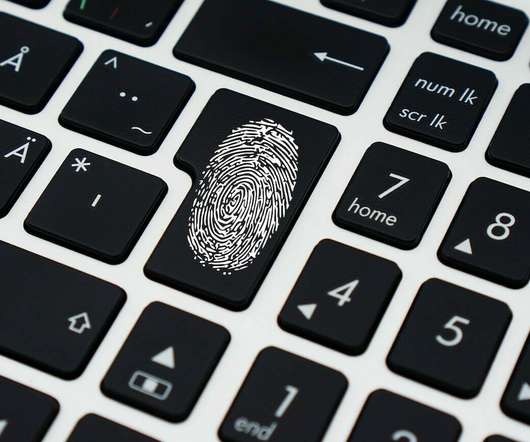
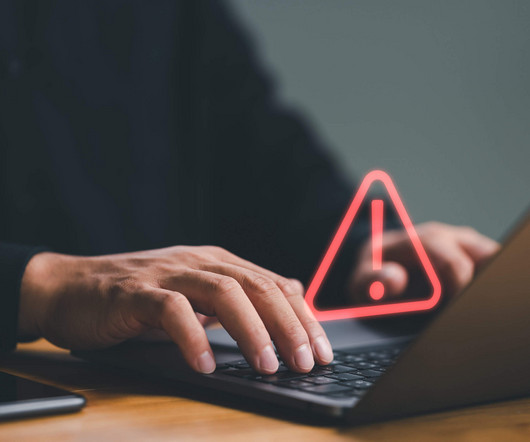
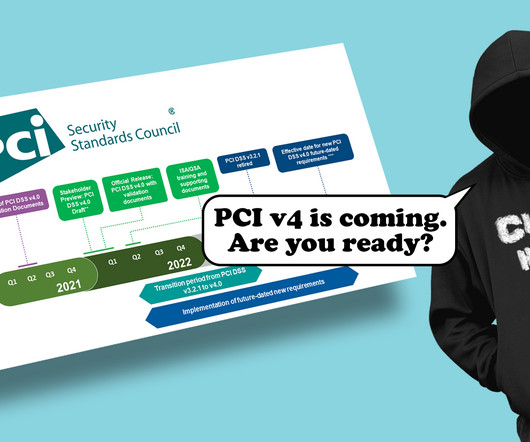
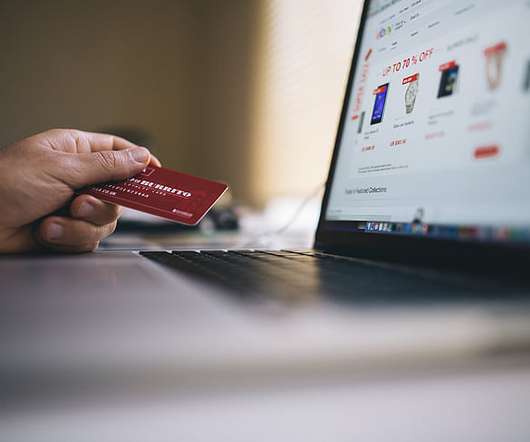

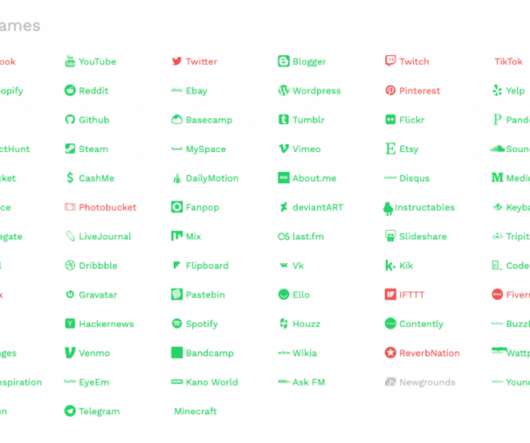







Let's personalize your content